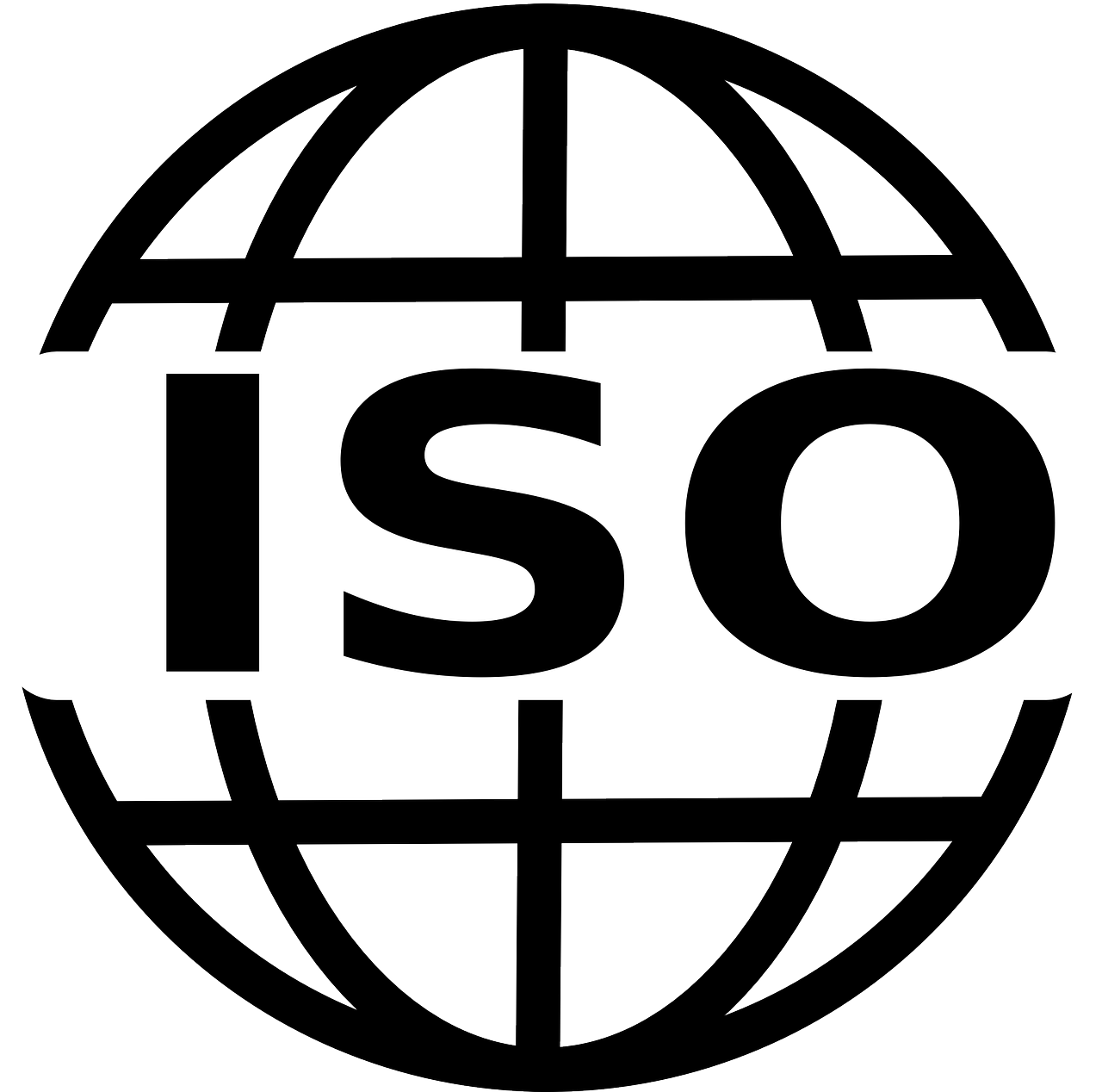ISO 9001 is one of the most well-known quality system standards.
Like all official standards, it periodically goes through a review process in which it is updated. The next revision will be issued later in 2015.
The document is now in the draft international standard stage, which is the fifth stage in a six-stage process. In January, the final draft international standard will be released for voting. The final version will be available in September 2015.
Although becoming certified and maintaining certification in ISO 9001 requires an organization to invest time and money, the advantages include improved business performance and increased sales, as well as compliance with various countries quality systems requirements.
As such, organizations should understand the reasons for the revision, the changes in the revised document, and the impact on re-certification.
Reasons for the Revision
The current revision will enable the guidance to conform to the latest trends.
The revisions are designed to coincide with the current business environment, which has changed remarkably since the guidance was last revised in 2008. Most notably, the sourcing of materials has become more global and organizations have increasingly relied on other countries.
Also, more industries are using ISO 9001 as the standard as they enter the economy. New forms of communication, such as e-mail, are being used more often, and user interests have broadened. Companies are outsourcing more frequently, and locales where products are made, stored, or shipped have diversified.
These changes in the economy, society, and environment increase the risk and impact a company's ability to deliver services. The revisions will also enable the guidance to be compatible with other ISO standards, such as ISO 14001, which is also under revision.
Changes to ISO 9001
Although many of the changes consist of rephrasing and many requirements are already mandated by ISO standards, the new version follows a higher-level structure that will make it easier to use. It will also be easier to use in conjunction with other standards of management.
The new structure consists of ten sections defined in Annex SL. These sections consist of ”Scope,” “Normative References,” “Terms and Definitions,” “Context of the Organization,” Leadership,” “Planning,” “Support,” “Operation,” “Performance Evaluation,” and “Improvement.”
The changes are based on three primary concepts:
1. The process approach
The first is the process approach, which was successful in the 2008 version. The process approach serves to ensure that an organization understands and meets the appropriate requirements, considers the process in terms of added value, and achieves effective performance of processes.
2. Plan-do-check-act
The second is a plan-do-check-act methodology. This methodology requires an organization to establish appropriate objectives (i.e., plan), implement what it has planned (i.e., do), monitor processes and report the results (i.e., check), and improve the process as appropriate (i.e., act).
3. Risk-based thinking
The third is risk-based thinking. Both positive and negative risk will be emphasized more in the new version. An organization will be required to use risk-based thinking to improve how it understands and applies its process approach. The guidance will also align the policy of quality management systems with an organization's goals and strategies.
The revised guidance also contains fewer prescribed requirements for documentation, allowing documentation to be more flexible. According to the revised version, organizations should retain documents insofar that they can be confident that the processes are occurring as intended. As such, documentation will not be as emphasized, and the guidance will be more applicable to services. The guidance will emphasize the context of the organization, require increased leadership, and emphasize achieving outcomes to increase the satisfaction of customers.
Want to learn more about ISO 9001? Grab our free whitepaper: ISO 13485 – The Proposed Changes and What They Mean for You

